What is ‘Friction Welding (FW)’?
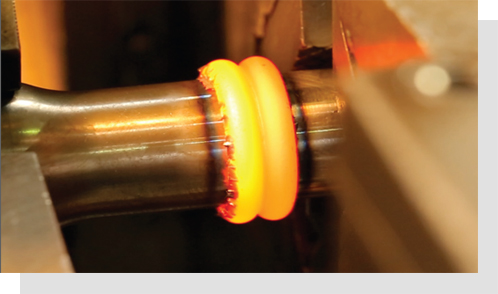
In conventional fusion welding, gas is mixed, generating bubbles in the weld joint. However, friction welding does not cause such defect because frictional heat and pressure are only used
 1 Clamp the workpieces to the spindle and table.
1 Clamp the workpieces to the spindle and table. 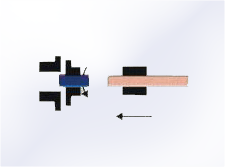 2 Run the spindle at high speed and unclamp the table.
2 Run the spindle at high speed and unclamp the table. 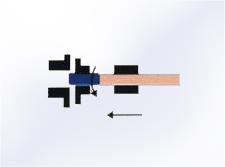 3 Initiate material contact and generate friction heat.
3 Initiate material contact and generate friction heat. 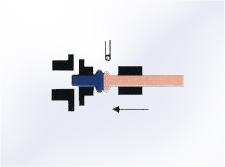 4 Stop the spindle and upset-press.
4 Stop the spindle and upset-press. 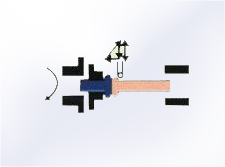 5 Cut (option) the weld beads (flash) generated during hot pressing.
5 Cut (option) the weld beads (flash) generated during hot pressing. 6 Done
6 Done
Realize the highest bonding strength among current welding technologies at low costs – Friction Welding
Critical welding in modern industry

The friction welding which has been praised as ‘cutting-edge technology’ in machine, metal, electric and electronic engineering has already been admitted as innovative welding technology in advanced countries such as the U.S., Japan and Germany. In the Republic of Korea as well, it’s been used in the production of automotive and heavy equipment parts, tools and machine parts.
With diverse friction welding facilities and accumulated knowhow, A.F.W is pioneering friction welding in domestic market.
Five features and advantages of friction welding
High-strength bonding
Realizes high-strength bonding by perfectly bonding the two workpieces from their center to the outside with just a source of frictional heat
non-ferrous and dissimilar metal bonding
Able to bond dissimilar metals and even non-ferrous and dissimilar materials in regular welding
Precision / Eco-friendly
Automatable and high-welding accuracy with great weld reproducibility Eco-friendly with low CO2emissions
Diverse applications
Applicable across industries including automobile, industrial machine, electric conductor, medical device, construction & civil engineering, aerospace and green energy
Cost reduction
Able to reduce costs, using dissimilar materials and lower material costs through hollow workpiece welding